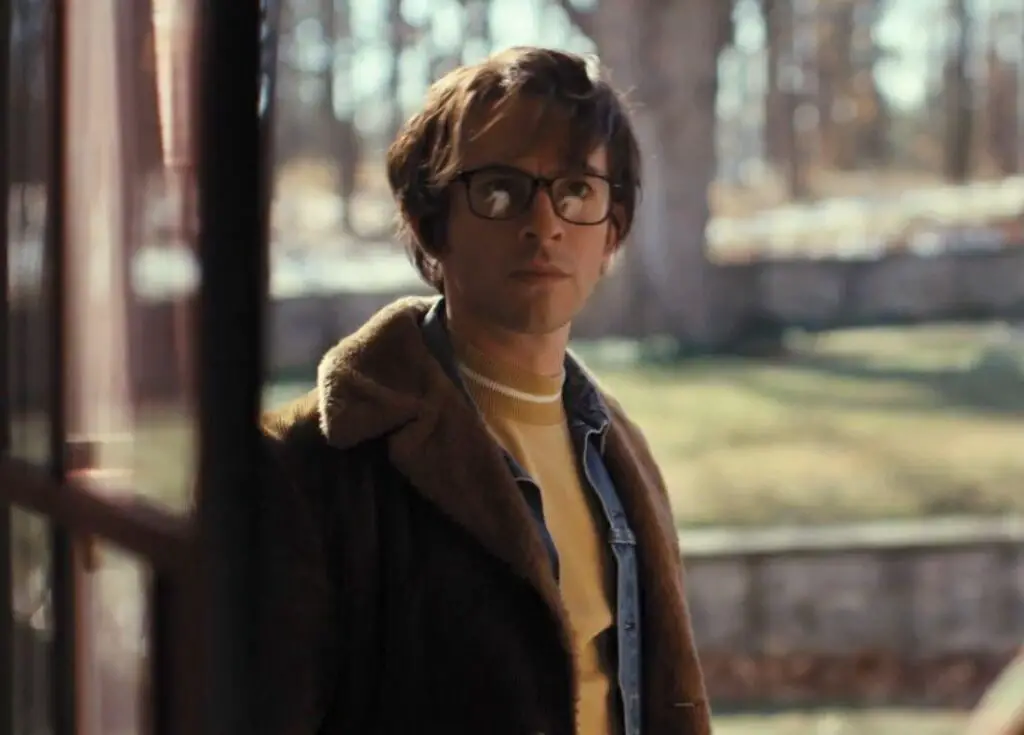“Fellow Travelers” is a compelling series that delves into the lives of Tim Laughlin and Hawkins “Hawk” Fuller, portrayed by Jonathan Bailey and Matt Bomer respectively. The show, spanning over four decades, is set against the backdrop of significant historical events, including the McCarthy administration’s “gay witchhunt” in the 1950s and the HIV outbreak in the 1980s. The narrative follows the complex, volatile relationship between the ambitious Hawk and the idealistic Tim, two political staffers who fall in love during the height of the 1950s Lavender Scare. Their relationship, fiery and intense, persists through various eras marked by political and social change, including the Vietnam War protests of the 1960s, the drug-fueled disco culture of the 1970s, and the AIDS crisis of the 1980s.
The story is not only about their romantic connection but also delves into the broader context of queer culture and history. As the show progresses through different eras, the transformation is reflected in the detailed costuming, makeup, and production design. The series, while exploring the romance between Tim and Hawk, also addresses the societal challenges and scrutiny faced by queer couples, particularly those from marginalized communities, as seen through other characters in the show.
The series, based on Thomas Mallon’s book, begins in the 1950s and tracks the pair through various significant periods in history. It explores the challenges of maintaining a hidden romance amidst political upheaval and societal prejudice. Bailey, in discussing his character Tim, notes the significance of studying four decades of queer culture, emphasizing the importance of understanding and representing the evolution of this culture over time. The show is described as a deep dive into the changing dynamics of queer relationships and the cultural shifts of each era.
“Fellow Travelers” airs new episodes on Fridays on Showtime, and it is also available for streaming on Paramount+.
Exploring the Nuances of a Decades-Long Relationship
“Fellow Travelers” examines the nuanced dynamics of a long-term relationship set against the backdrop of significant historical events. The series explores the evolution of Tim and Hawk’s relationship over several decades, highlighting the complexities and challenges they face in different societal contexts. The narrative touches on themes of love, secrecy, and the fight for basic human rights within the LGBTQIA+ community. This portrayal offers a glimpse into the personal lives of individuals navigating their relationships while contending with external pressures and historical events.
The detailed portrayal of different eras in the series, from the monochrome colors of the 1950s to the neon pop of the 1980s, adds depth to the story, emphasizing the changes in queer culture over time. The show’s attention to detail in its production design and costuming contributes to its authenticity and historical accuracy. The series not only focuses on Tim and Hawk’s relationship but also presents other characters who face additional layers of scrutiny and violence due to their identities, further enriching the narrative with diverse perspectives and experiences within the queer community.
“Fellow Travelers” stands out as a significant piece of art and historic culture, providing an important reflection on the evolution of queer relationships and culture across several decades. The series is noted for its depth, historical context, and portrayal of the complexities inherent in long-term relationships, especially within the context of societal challenges and evolving cultural norms.


